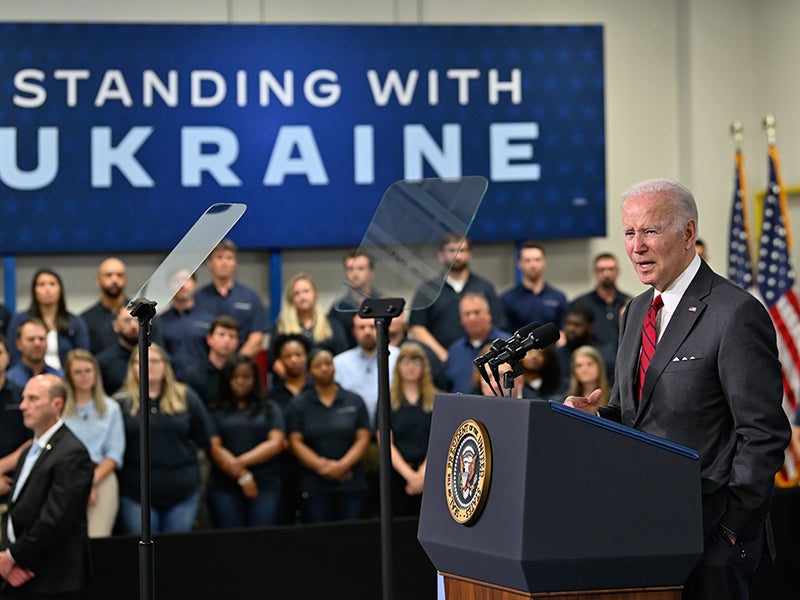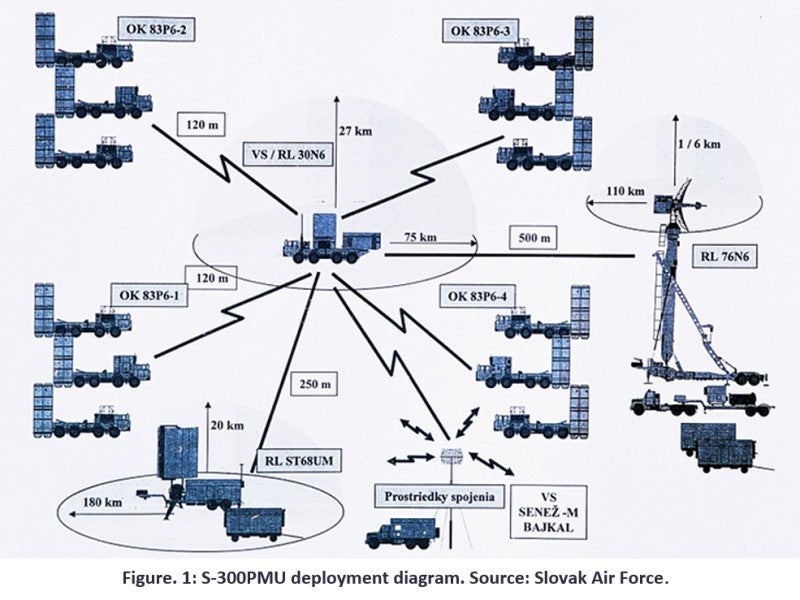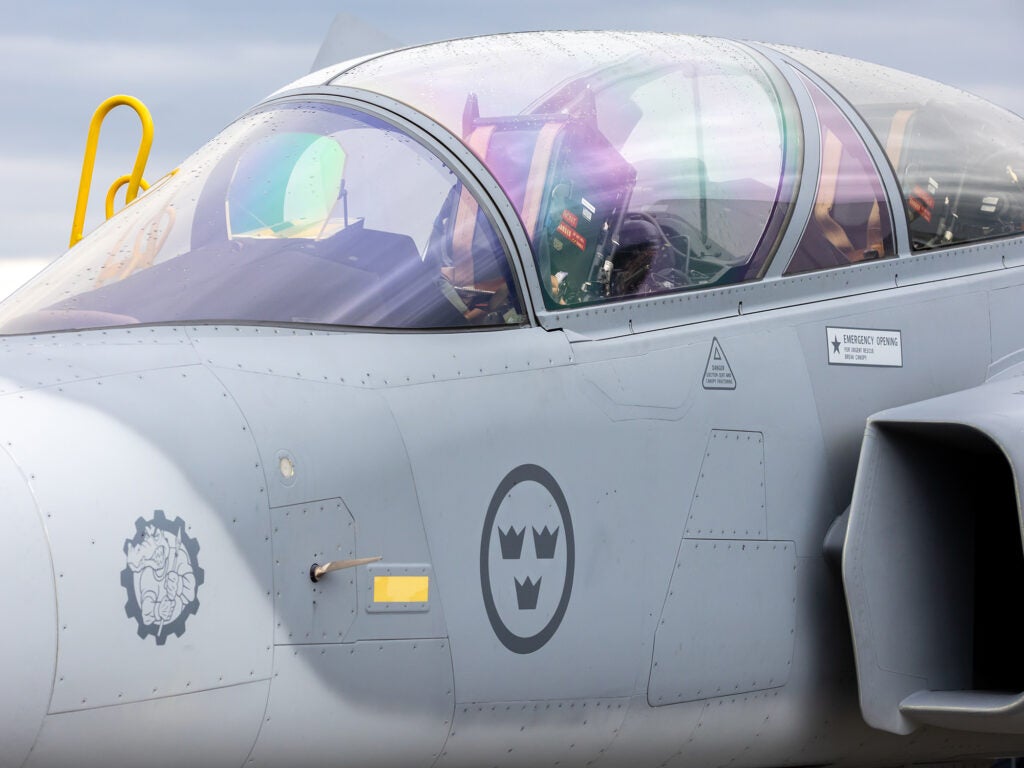
As Russian troops and armor passed by the Kremlin on the annual 9th May parade, President Biden signed the Lend-Lease Act at The White House. The bill was first used in WWII to supply allied nations, including the Soviet Union, with military and civil aid to help Europe defeat the Nazis.
Now over 80 years later, the act will instead be used to support Ukraine as it battles against Russia. The legislation will speed up the rate at which the US can transfer military goods to Ukraine by deferring required payment for the equipment and waives the Presidential sign-off requirement for the transfer of certain goods to Ukraine. In a rare show of bipartisan support in the US House the bill passed 417-10 despite some Republicans fearing that the US would be seen to be engaging in a proxy war with Russia.
The new legislation is causing concern that the industry has not been equipped to address both ongoing backlogs, and the potential for a higher turnover of orders as the US can now supply weapons to Ukraine at a faster rate. Alongside the Lend-Lease Act, the US has approved a new package of $33bn worth of military and humanitarian aid. Over $7bn has already been provided which includes, but is not limited to, over 1,400 Stinger anti-aircraft systems, over 5,500 Javelin anti-armor systems, over 700 Switchblade loitering munitions, 90 155mm howitzers and over 200,000 rounds of ammunition.
The Lend-lease Act should speed up the process of transferring any such weaponry in the future. But questions remain about the speed at which the US is delivering such high quantities of equipment to Ukraine in terms of the depletion of US reserves. Focus was put on Lockheed Martin’s Javelin missile when President Biden toured the Alabama factory where the missile is produced. Ongoing labor shortages are one of a handful of issues preventing the prime from maxing out production rates. The shortage of components invoked by high global demand (namely microchips) is another disruptor to the ongoing manufacture of the missile.
The Centre for Strategic and International Studies (CSIS) estimates that a third of US Javelin reserves have been transferred to Ukraine. According to the CSIS, when current production rates and delivery schedules are calculated, it would take up to four years to replace the missiles already sent. This only covers those already given to Ukraine and does not account for any that may be included under the new $33bn package. Given that Ukrainian troops are well versed in Javelin use, it is logical that the Javelin would be a key component of future deliveries. So, how will the US ensure that production can keep up to demand?
As a first step to addressing these issues through legislative means another mid-century Act has come to the fore. The Defense Production Act 1950 has been invoked by President Biden to encourage domestic production of military goods. It requires companies to prioritize federal contracts over any commercial ones in order to ensure that what materials and components there are in the market reach federal manufacturers first. However, in terms of Javelin production this does not address ongoing labor shortages and thus will not fully resolve manufacturing issues.
The Stinger anti-aircraft system, manufactured by Raytheon, is another platform that is seeing its reserves decrease as more units are sent to Ukraine. Once again, the Defense Production Act would do little to speed up slow production rates forecast by Raytheon. Whilst materials are of concern, the last major order by the US of Stingers was in the early 2000s with current production kept afloat by smaller foreign sales. The CSIS estimates a quarter of the total inventory held by the US has been transferred to Ukraine and that current production rates would see it take up to five years for complete replacement.
As such, even an endless supply of materials would not mean that Stingers could be produced at required rates.
Former Undersecretary of Defense for Acquisition and Sustainment Ellen Lord has pointed to enhanced knowledge sharing with allied states as a way out the current industrial quagmire. Raytheon, for example, already has manufacturing location in the UK and Australia, both of which are close and key allies of the US. However, this potential strategy has not yet been adopted by the White House.
Unless the US government seriously reassesses how to fulfill the industrial requirements needed to maintain the current rates of weapons shipments to Ukraine, the signing of the Lend-Lease Act 2022 has the potential to edge US stockpiles of certain key platforms closer to dangerous levels of depletion.





